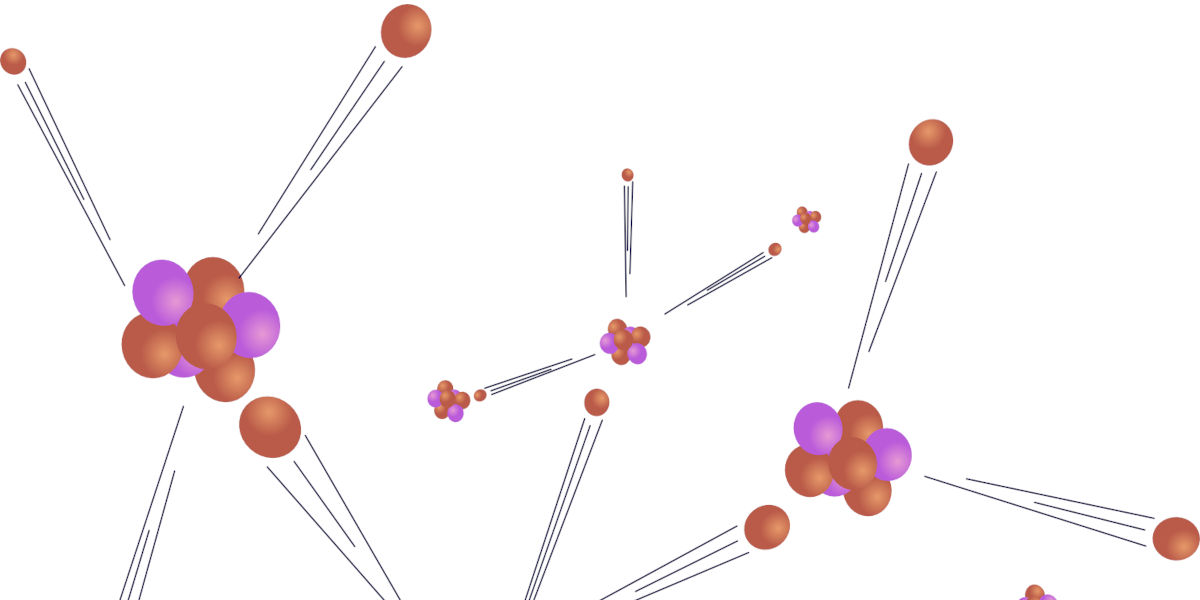When it comes to energy production, the conversation can't be complete without touching on the subject of nuclear power. This intense, misunderstood and greatly debated source of energy is incredibly powerful, yet is steeped in a good deal of controversy. In this article, we will delve into the heart of nuclear power physics, dissecting how a nuclear power plant works, as well as the associated pros and cons of nuclear power.
Nuclear Power Physics: The Science of the Atom
At the core of nuclear power physics is the principle of nuclear fission. This is a process where the nucleus of an atom is split into two smaller parts, also known as daughter particles. This fission releases a great amount of energy as a result of the conversion of mass into energy, as explained by Albert Einstein's famous E=mc^2 equation. This energy is then captured and utilized to generate electricity in a nuclear power plant.
A common type of atom used in this process is Uranium-235. By bombarding its nucleus with a neutron, it undergoes fission, releasing energy, more neutrons, and radioactive waste. Interestingly, the released neutrons perpetuate this process, causing a chain reaction of nuclear fission.
How Does a Nuclear Power Plant Work? Harnessing the Power of the Atom
A nuclear power plant is an intricate system designed to control and utilize nuclear fission reactions for power generation. To understand how a nuclear power plant works, we must start with the reactor, its beating heart. The nuclear reactor is basically a controlled environment in which nuclear fission can occur.
The reactor houses fuel rods, containing numerous pellets of uranium-235 or other fissile material. Neutron moderators and control rods are used to control the rate of fission and thereby the energy produced. The energy release from fission heats up the nuclear coolant, often water, which then either drives a steam generator to produce electricity via a turbine or is used directly in a boiling water reactor.
The design and operation of a nuclear power plant is primarily focused on safety. Containment buildings are designed to prevent the release of radioactive materials, cooling systems are in place to prevent overheating, and multiple emergency shutdown systems exist to halt the nuclear reaction if needed. Despite these precautions, the operation of nuclear power plants is not without its share of controversies and challenges.
The Pros and Cons of Nuclear Power: A Balance between Efficiency and Risks
Nuclear power offers several advantages. For one, it's an incredibly efficient form of energy. A small amount of nuclear fuel can generate a large amount of electricity. Compared to fossil fuel-based power generation, nuclear power produces virtually zero greenhouse gas emissions during operation, making it practical in the fight against climate change.
However, nuclear power is a double-edged sword. The same force that makes it so powerfully efficient also creates some of its most significant drawbacks. The biggest concerns lie in the production of radioactive waste, which poses serious disposal and environmental challenges. Secondly, there’s the potential catastrophic risk of nuclear plant accidents, as demonstrated by Chernobyl and Fukushima disasters. Balancing these strengths and weaknesses forms the core of the nuclear power debate.
Understanding the Basics: The Core of Nuclear Power
Nuclear power, at its core, is generated through the process known as nuclear fission. This process involves bombarding a heavy atom, such as uranium or plutonium, with a neutron causing it to split into two smaller atoms. As it splits, energy is released in the form of heat, which is then used to generate electricity.
Moreover, each time a nucleus splits, it produces two to three additional neutrons. These newly created neutrons can then go on to collide with other atoms, initiating a chain reaction. This chain reaction is controlled in nuclear power plants to harness the energy produced efficiently and safely.
One of the many advantages of nuclear power is its ability to generate a large amount of energy from a small amount of fuel. This makes it a highly efficient and compact source of power. However, its controversy lies in the potentially disastrous consequences should the control over the chain reaction be lost, as was evident in the Chernobyl and Fukushima disasters.
The Controversy: Weighing Up the Pros and Cons
While nuclear energy is highly scalable with a small carbon footprint, the waste produced by nuclear power plants will remain dangerous for thousands of years. This material needs to be stored securely to prevent environmental contamination. The high costs and difficulties associated in managing nuclear waste has been a topic of heated debate over the years.
Additionally, the incidents at Chernobyl, Three Mile Island, and Fukushima are sobering reminders of the potential dangers associated with nuclear power. The toll of human life, the long-term environmental impact, and the massive economic cost of clean-up remind us that, while nuclear power has benefits, it also has its risks.
The Future of Nuclear Power: A Change in Perspective
While the concerns around nuclear power are legitimate, experts argue that the benefits of nuclear power far exceed its disadvantages when compared to other forms of power generation. With technological advancements, much effort is being directed towards developing methods of nuclear power generation that are safer and less wasteful.
Newer reactor designs, break-throughs in fusion research, and advances in nuclear waste recycling all indicate a future where nuclear power plays a pivotal role in providing clean, green energy. This might help in nullifying the greenhouse gas effects and halting global warming, thus making nuclear power not just a necessity, but a responsibility for a sustainable future.
The power of the atom, therefore, continues to be a captivating subject. The science and controversy around it spark discussion and inspire innovation. As we move forward, there is hope that we can harness this power safely and effectively, shaping the future of energy generation.




